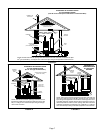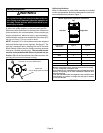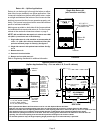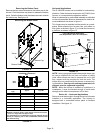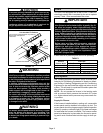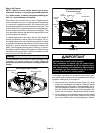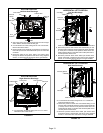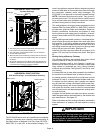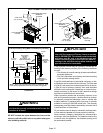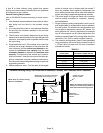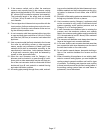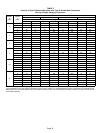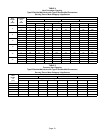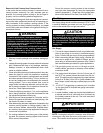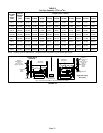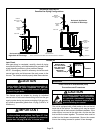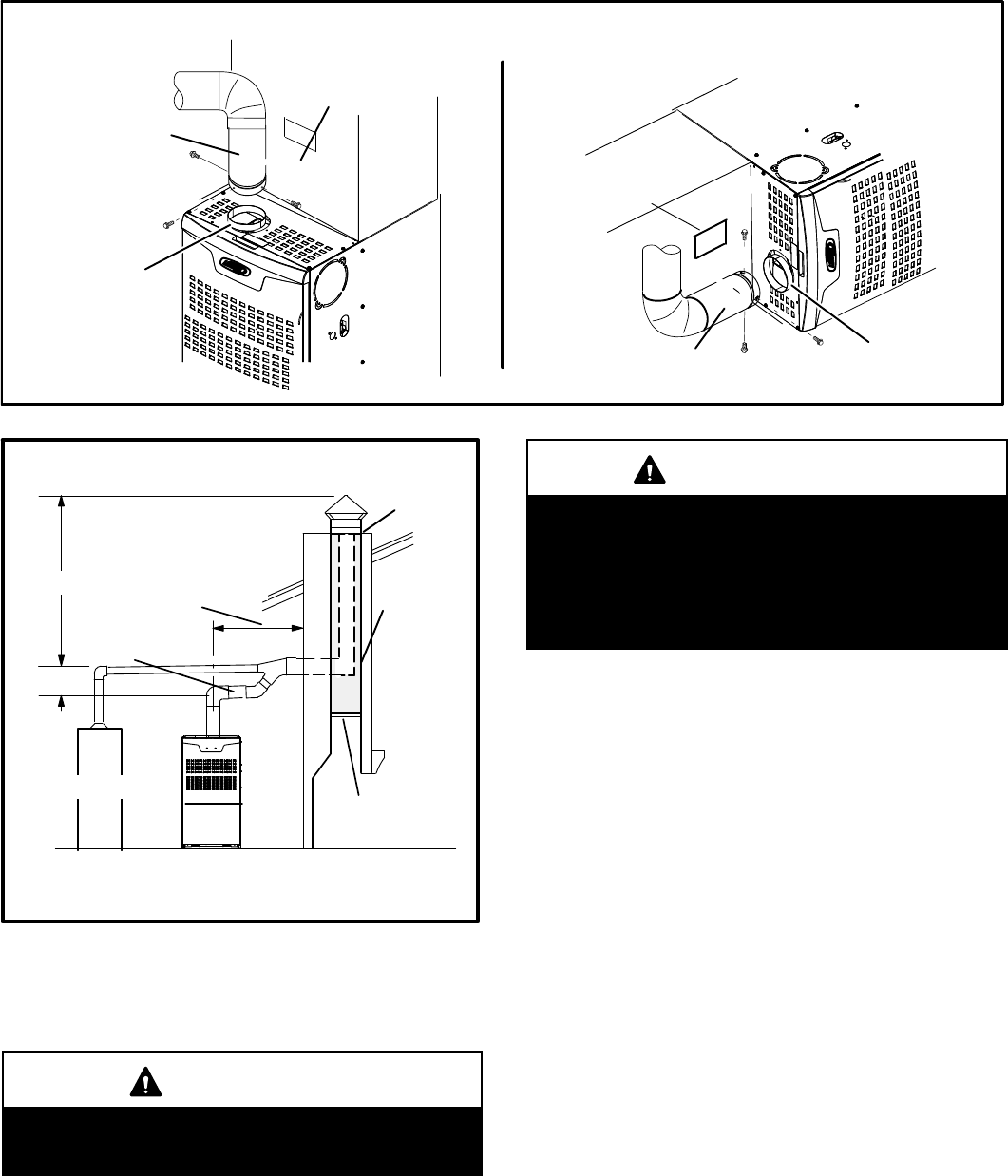
Page 15
FLUE TRANSITION
COLLAR
VENT PIPE
(min. 6” length)
“DISCONNECTED VENT”
WARNING
STICKER
FIGURE 22
FLUE
TRANSITION
COLLAR
VENT CONNECTION UPFLOW AND HORIZONTAL POSITION
VENT PIPE
(min. 6” length)
“DISCONNECTED VENT”
WARNING
STICKER
FIGURE 23
Common Venting Using Metal-Lined Masonry Chimney
4 in. (102 mm)
minimum
MIN. LENGTH -- AS
SHORT AS PRACTICAL
MAX. LENGTH
-- SEE NOTE 1
BELOW.
SEALED
PERMANENTLY
SEALED FIREPLACE
OPENING
EXTERIOR
CHIMNEY WITH
METAL
LINER
VENT CONNECTOR
NOTE 1 - Refer to the provided venting tables for installations. Refer
to the capacity requirements shown in the provided venting tables.
OTHER
APPLIANCE
FURNACE
5 ft. (1.5 m)
minimum
WARNING
Asphyxiation hazard. The exhaust vent for this fur
nace must be securely connected to the furnace flue
transition at all times.
DO NOT insulate the space between the liner and the
chimney wall with puffed mica or any other loose gran
ular insulating material.
IMPORTANT
SINGLE appliance venting of a fan‐assisted furnace
into a tile‐lined masonry chimney (interior or outside
wall) is PROHIBITED. The chimney must first be lined
with either type B1 vent or an insulated single wall
flexible vent lining system which has been sized ac
cording to the provided venting tables and the vent
pipe manufacturer's instructions.
A fan-assisted furnace may be commonly vented into an
existing lined masonry chimney if the following conditions
are met:
S The chimney is currently serving at least one drafthood-
equipped appliance;
S The vent connectors and chimney are sized according
to the provided venting tables.
If type B1 double‐wall vent is used inside a chimney, no oth
er appliance can be vented into the chimney. The outer wall
of type B1 vent pipe must not be exposed to flue products.
A type B1 vent or masonry chimney liner shall terminate
above the roof surface with a listed cap or a listed roof as
sembly according to the terms of their respective listings
and the vent manufacturer's instructions.
When inspection reveals that an existing chimney is not
safe for the intended purpose, it shall be rebuilt to conform
to nationally recognized standards, lined or relined with
suitable materials, or replaced with a gas vent or chimney
suitable for venting EL180UHE series units. The chimney
passageway must be checked periodically to ensure that it
is clear and free of obstructions.
Do not install a manual damper, barometric draft regulator,
or flue restrictor between the furnace and the chimney.
Never connect a Category I appliance to a chimney that is
servicing a solid-fuel appliance. If a fireplace chimney flue
is used to vent this appliance, the fireplace opening must
be permanently sealed.



